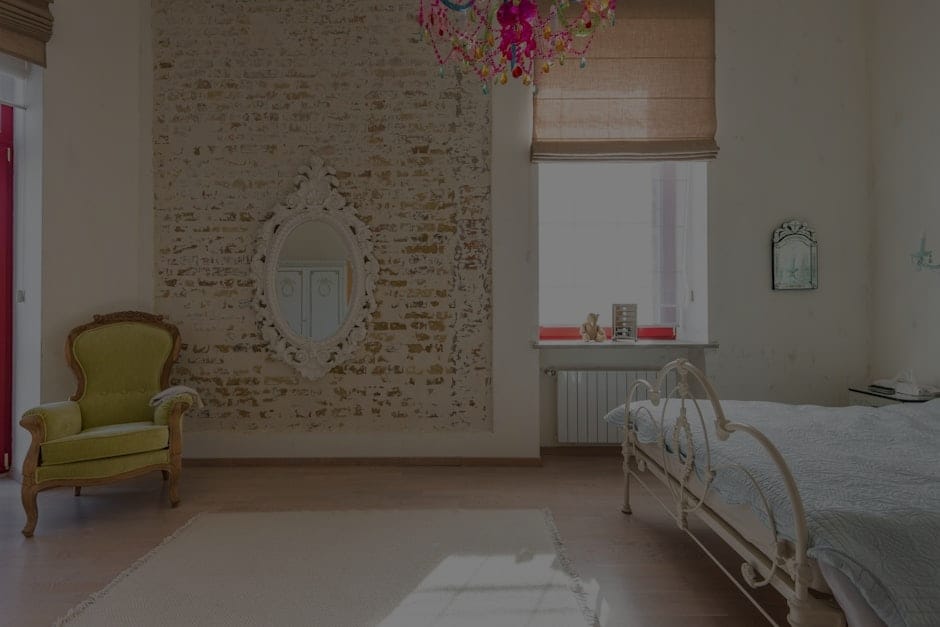**Abstract:**
Mindful living through the integration of feng shui into minimalist home design promotes harmony and balance, enhancing well-being and creating serene spaces that resonate with personal values.
Understanding Mindful Living
Mindful living emphasizes awareness and intentionality in daily choices. By cultivating a lifestyle that prioritizes well-being, individuals can create environments that foster peace and clarity. Minimalism complements this philosophy by stripping away excess and focusing on what truly matters. This approach allows for a deeper connection to one’s surroundings, creating spaces that are not only functional but also nurturing. The fusion of feng shui principles with minimalist design elevates this experience, as it encourages a flow of positive energy, or “chi,” within the home.
Feng Shui Basics: Creating Harmony
Feng shui is an ancient Chinese practice that seeks to balance energies in a space. Its core principles revolve around the arrangement of furniture, colors, and decor to promote well-being and prosperity. By understanding the five elements—wood, fire, earth, metal, and water—individuals can create harmonious environments. In minimalist design, these elements can be represented subtly through materials and colors, enhancing the space without overwhelming it. For instance, a wooden table can evoke the wood element, while soft blue accents can bring in the water element, promoting tranquility.
Minimalism: The Art of Letting Go
Minimalism encourages the removal of clutter, both physically and mentally. This philosophy aligns perfectly with feng shui, which teaches that clutter blocks the flow of energy. By embracing a minimalist approach, individuals can create a serene atmosphere that allows for better focus and relaxation. Practical steps include decluttering spaces, choosing multifunctional furniture, and selecting decor that serves a purpose. This intentional curation of belongings not only enhances aesthetic appeal but also fosters a sense of calm and clarity.
Integrating Feng Shui into Minimalist Spaces
To effectively incorporate feng shui into minimalist design, start by assessing the energy flow in each room. The layout should facilitate movement and connection. For example, positioning furniture to create open pathways can enhance chi flow. Additionally, consider using mirrors strategically to reflect light and energy, creating a sense of spaciousness. Incorporating plants is another excellent way to bring life into a minimalist space while adhering to feng shui principles. Plants not only purify the air but also symbolize growth and vitality.
Color Psychology: Enhancing Mood and Energy
Colors play a significant role in both feng shui and minimalist design. Each hue carries its own energy and can influence emotions and behaviors. For instance, soft blues and greens promote relaxation and tranquility, making them ideal for bedrooms. In contrast, vibrant reds and yellows can energize a space, perfect for areas meant for creativity and socializing. When selecting a color palette, aim for a harmonious blend that reflects your personality while adhering to feng shui principles. This balance can significantly impact your mood and overall sense of well-being.
Practical Tips for Implementation
To seamlessly integrate feng shui into your minimalist home, consider these practical tips: Start small by focusing on one room at a time. Clear out items that no longer serve a purpose and rearrange furniture to promote better energy flow. Incorporate natural elements, such as wood and stone, to ground the space. Lastly, be mindful of lighting; natural light is vital for enhancing chi, so keep windows unobstructed and use soft, warm lighting in the evenings.
In conclusion, the harmonious blend of mindful living, feng shui, and minimalist design creates spaces that are not only aesthetically pleasing but also deeply nurturing. By embracing these principles, individuals can cultivate environments that support their well-being, encouraging a lifestyle rooted in balance and intentionality.










